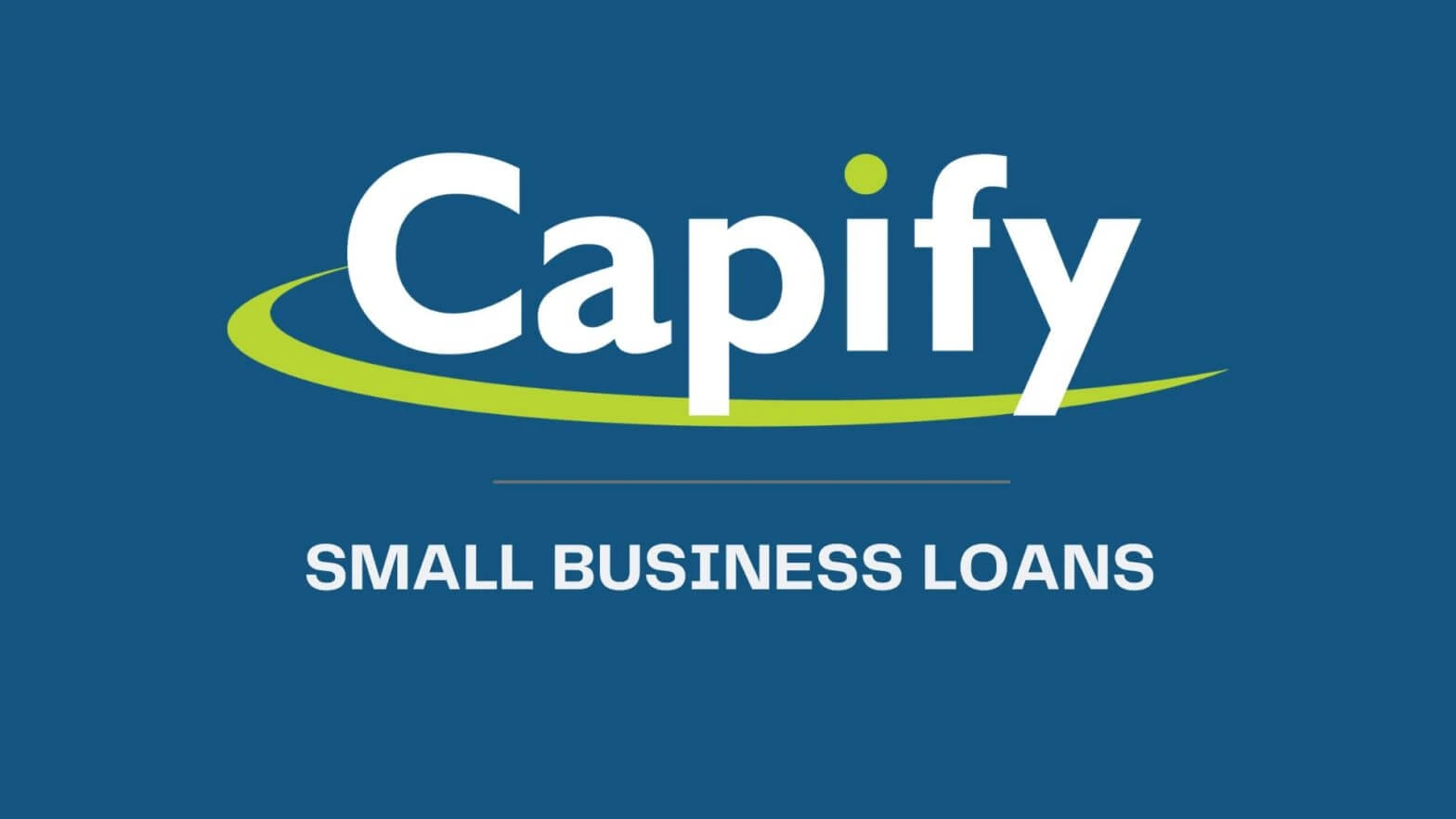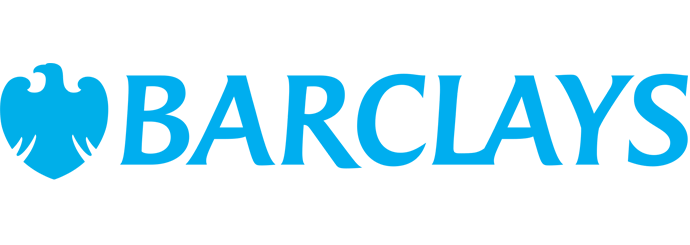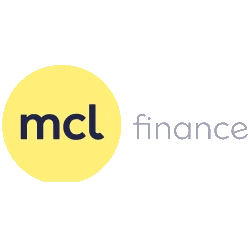Property Auction Purchases: UK property auctions demand immediate action. Successful bidders are typically required to exchange contracts and pay a 10% deposit on the day, with full completion often mandated within a strict 28-day timeframe.
A bridging loan can provide the necessary funds with unparalleled speed, allowing you to secure the property before arranging long-term finance (such as a buy-to-let mortgage) or selling another asset. This ensures you meet the auction’s stringent deadlines and avoid forfeiture of your deposit.
Property Chain Breaks: The UK property market is notorious for its complex property chains. If you’re in the process of buying a new home but the sale of your existing property falls through unexpectedly, or is significantly delayed, a bridging loan can provide the essential funds to complete your purchase. This prevents the entire property chain from collapsing, saving you from potential financial loss, stress, and the disappointment of losing your dream home. This specific application is often referred to as chain break finance.
Property Development & Refurbishment: Development finance bridging loans are commonly used by developers to acquire properties that are currently uninhabitable, require extensive renovation, or are undergoing significant development. The loan provides the initial capital for purchase and often for the first stages of refurbishment, with the expectation that the property will be sold upon completion or refinanced onto a long-term development exit loan or commercial mortgage. This allows developers to quickly secure undervalued assets and add value.
Commercial Property Acquisition: For businesses that need to quickly acquire new commercial premises, a warehouse, or a plot of land for expansion, a commercial bridging loan can offer immediate capital. This allows the business to complete the purchase swiftly, often before more permanent commercial finance (which can take months to arrange) is fully in place. It ensures business continuity and prevents missed opportunities.
Urgent Capital Needs: In certain circumstances, a short term bridging loan can provide crucial liquidity for urgent business needs, such as covering an unexpected tax bill, managing a temporary cash flow deficit until a large invoice is paid, or facilitating a quick business acquisition. While less common than property-related uses, their speed makes them viable for critical short-term financial injections.
Repayment Mechanism (The Crucial ‘Exit Strategy’):
A fundamental and non-negotiable aspect of any bridging loan is the pre-defined “exit strategy.” This is the clear, credible, and realistic plan for how the loan will be fully repaid, including all capital and rolled-up interest, at the end of its agreed term. Lenders will scrutinise this plan rigorously before approving the loan. Common and accepted exit strategies include:
Sale of the Property: The most common exit, where the property acquired with the bridging loan (or another asset owned by the borrower) is sold, and the proceeds are used to repay the loan.
Refinancing onto Long-Term Finance: This involves securing a more traditional, long-term financial product, such as a buy-to-let mortgage, a commercial mortgage, or a development exit loan, which then repays the bridging loan.
Receipt of Funds from Another Verifiable Source: This could include funds from a business sale, a large inheritance, or the release of equity from another asset.



































